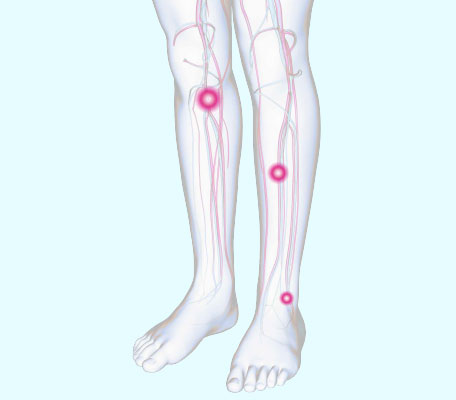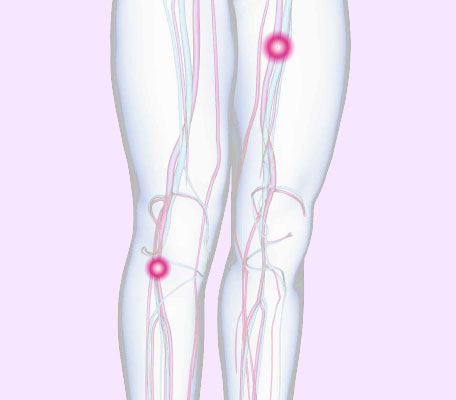Medical Specialties > Interventional Radiology > BTK and SFA Solutions for CLI
Below The Knee (BTK) solutions
These challenges make BTK interventions some of the most difficult, time-consuming cases.
Take control of the most complex and heavily calcified lesions protecting your most vulnerable and high-risk patients with our broad portfolio for CLI solutions. We support you on your mission to save limbs and save lives.
Take control of the most complex and calcified lesions below the knee with our broad portfolio for treating CLI.

Our broad portfolio includes all the tools you need to access, prepare and treat any type of lesion.
We offer you advanced technologies to optimise outcomes for your patient, reducing the risk of restenosis and the need for reintervention.

All cited trademarks are the property of their respective owners.
CAUTION: The law restricts these devices to sale by or on the order of a physician. Indications, contraindications, Warnings and instructions for use can be found in the product labelling supplied with each device. Information for the use only in countries with applicable health authority product registrations. Material not intended for use in France.
CAUTION: The law restricts these devices to sale by or on the order of a physician. Indications, contraindications, Warnings and instructions for use can be found in the product labelling supplied with each device. Information for the use only in countries with applicable health authority product registrations. Material not intended for use in France.





















